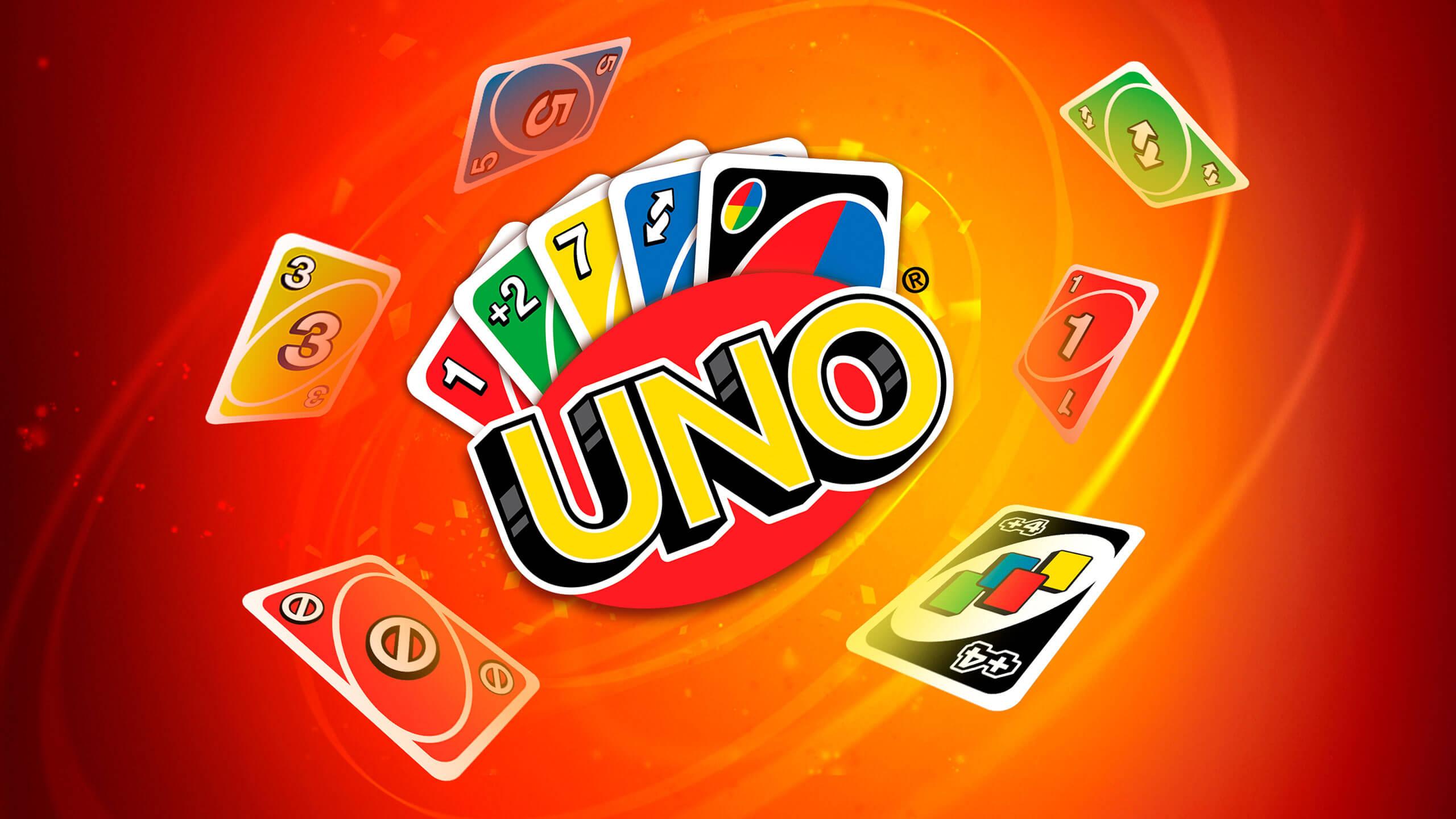
For this critical play, I chose to write about a game that I loved as a child and that I recently started playing again and still love: Uno. Uno was originally developed by Merle Robbins and is now owned by Mattel. The target audience is ages 7+.
First, let’s go over the formal elements of Uno:
- Objective: To be the first to empty your hand of cards.
- Resources: Action cards, such as Wild Cards, Reverse, or Skip cards.
- Players: 2-10 players
- Procedures: The deck of cards is shuffled in the beginning. Each player draws a card, and whoever picks the highest card deals. Then every player is randomly given seven cards. The remainder of the deck is placed face down in the middle of the players. The top card from the remaining deck is flipped, beginning the discard pile. Whoever sits left to the dealer starts play.
- Rules: On a players turn, they match the top card in the discard pile with a card from their hand, either by type or color. If the player does not have a playable card, they draw from the deck until they do.
- Outcome: Zero-sum. One player wins, the rest lose.
Since Uno is a multi-player game, three types of game-balance apply: balance in asymmetric games, between strategies in a game, and between game objects.
Uno is asymmetric because one player goes first. As a result, this player has seven turns to potentially get rid of all their cards before the other players. Uno is also asymmetric because some players may just be lucky and gets really good cards. However, since Uno uses random shuffling and card drawing to distribute cards, whoever has the best cards can change per game.
After I recently started playing Uno again, I realized that there is one strategy that seems to work best: saving a Wild Card for your last move. My boyfriend uses this strategy, and he won 12 out of 13 games. I didn’t want to copy his strategy, but I became so frustrated that I implemented a house rule that says no player can end on a Wild Card. While there are other potential winning strategies, it is clear that there is a dominant strategy.
As mentioned, Wild Cards are pretty powerful. For this reason, Uno has balance between objects. Even though Wild Cards are powerful, this doesn’t mean that other cards, like those with numbers, are useless. They can be very useful when you can’t match by color but can match by number. However, I do think Uno is unbalanced in that Wild Cards are too powerful. They are already limited to being played only when you don’t have another playable card, but from my experience, I think it should be limited even further (as I have done for house rules).
I think Uno uses intransitive relationships for balance since some cards are inherently superior to others. There does not seem to be a direct relationship between costs and benefits for each card. Part of Uno is using math to keep track of what other players have or don’t have and then placing cards accordingly. For example, if I know that a player does not have any red cards, it makes more sense to put down a red number card rather than a red reverse card. Uno is also balanced by making cards different (fruity). While no card is unique since there are copies of all cards, all the number cards are useful in different situations and the reverse, skip, and Wild Cards all have different properties.


